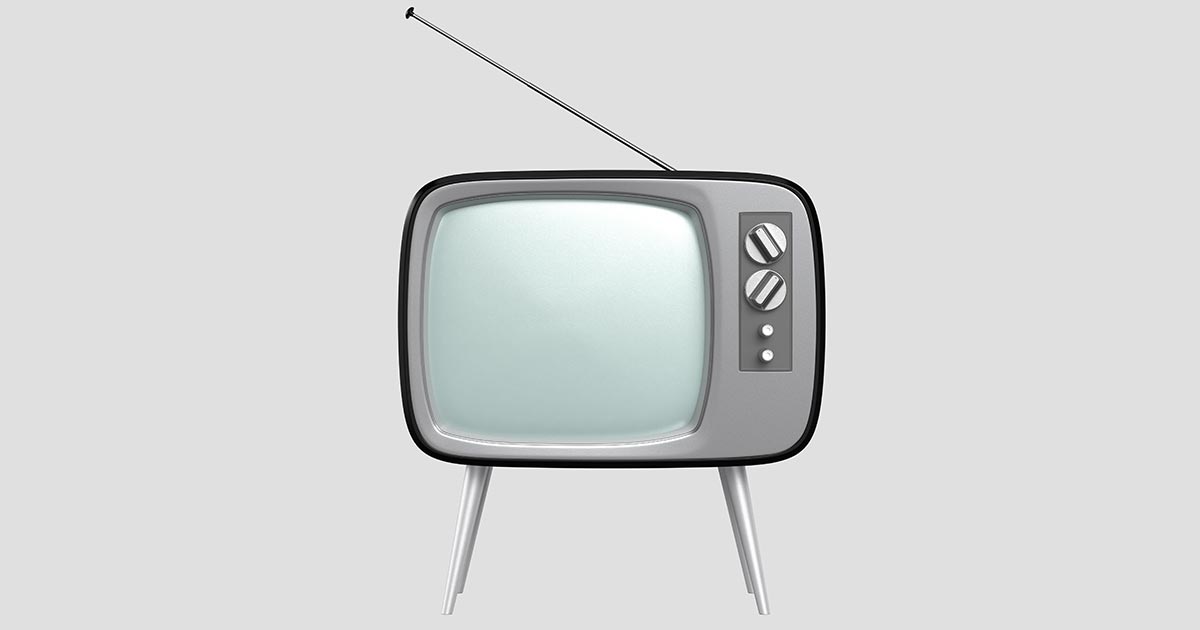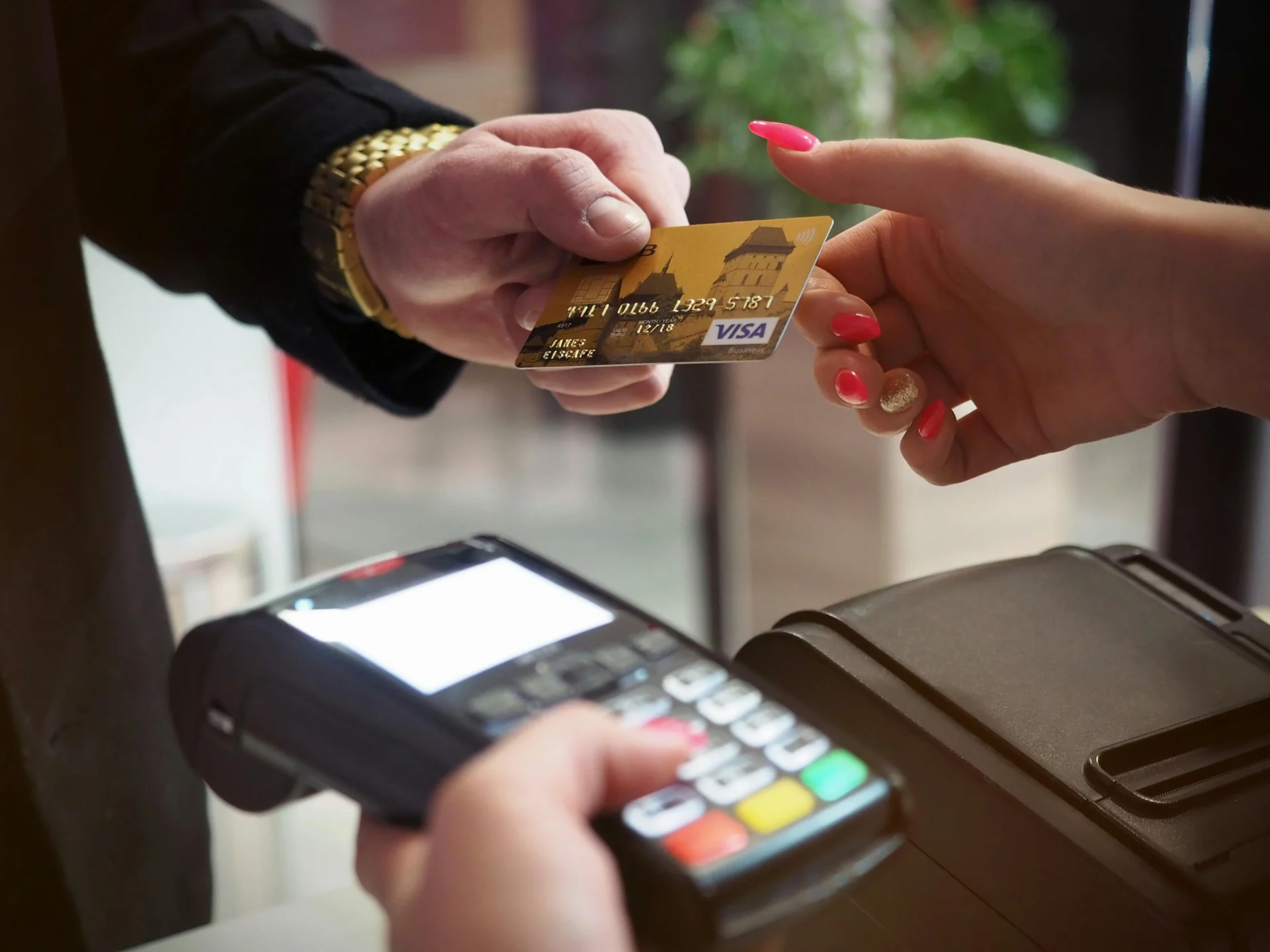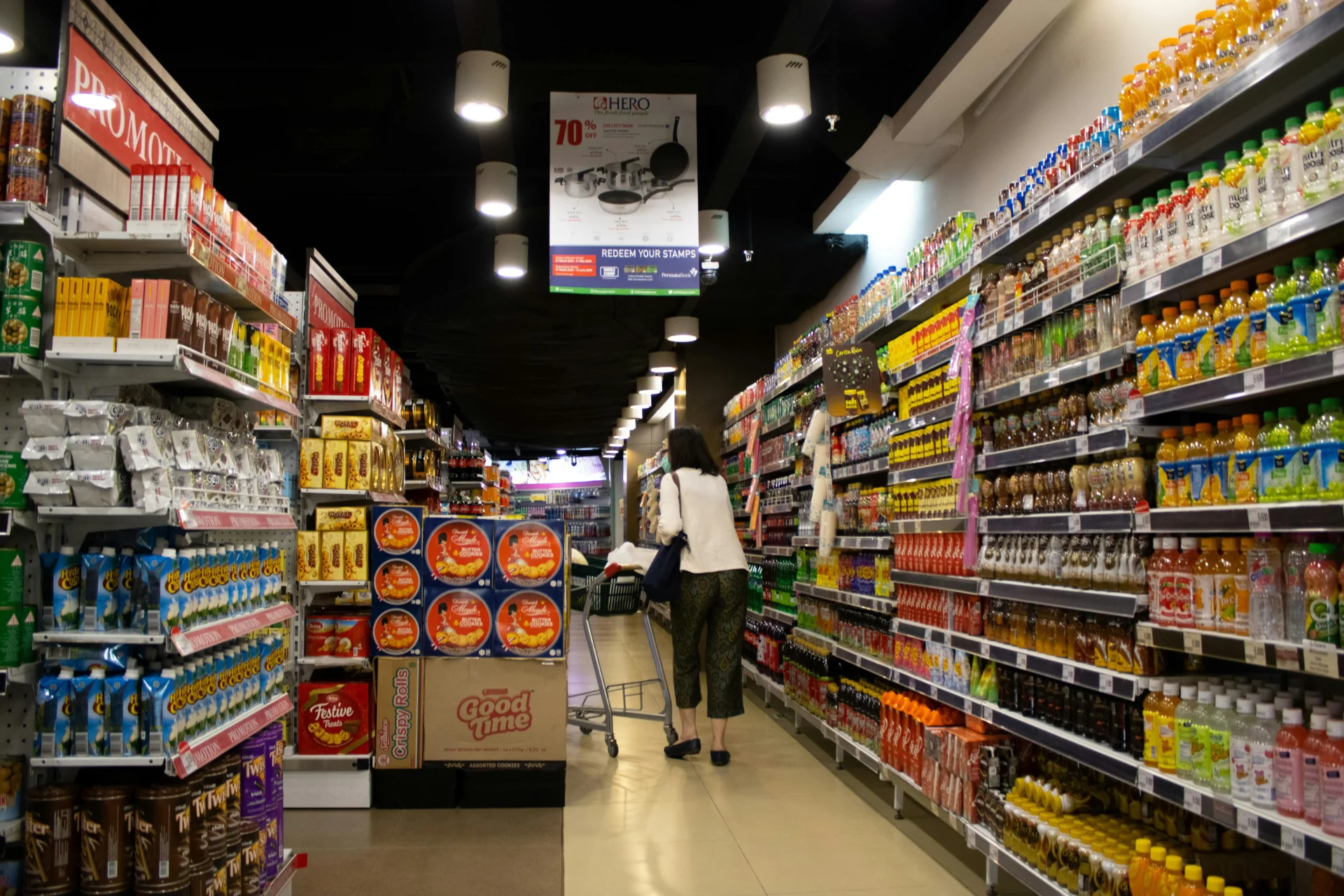Just like almost every other industry, advertising has transformed immensely over the years. From simple newspaper ads to using cutting-edge technology like augmented reality, advertisements have done much more than persuade us to buy a product or service.
The advertisements we are exposed to have lasting impressions on the way we communicate and the social interactions we engage in on a daily basis. Our decision-making on details as simple as the food we eat or the clothes we wear is just one of the affected aspects of our lives that are directly influenced by some of the best advertising campaigns in history.
Let’s take a closer look at moments in history that have had the power to transform ordinary activities like having a “coffee break” at work, as well as more profound impacts like influencing the lifestyle you wish to live.
“A Diamond is Forever”
This saying comes from an ad agency called N.W. Ayer. They found a way to present De Beers diamonds in a fashion that was relatable to the average American following the Great Depression. Some may say that a marriage proposal with a diamond is the most thoughtful and original way to express yourself, but it didn’t always have this affiliated symbolism. Thanks to a creative at N.W. Ayer, who said, “A diamond is forever,” the gemstone became an icon for lifelong love as opposed to a pricy luxury.
“Give Yourself a Coffee Break”
As a way to encourage workers to escape the hustle and bustle of a busy workday, a Pan-American Coffee Bureau ad campaign was rolled out. The idea was to entice employees to enjoy a mid-shift coffee and decompress before finishing their workday. The ad was so impactful that the United Auto Workers Union has “coffee breaks” written into their contracts.
“Think Small”
Sometimes sales-focused ads work, and sometimes they don’t. One of the first campaigns to approach the market with a fun and softer tone of voice was from the agency Doyle Dane Bernbach which created the “Think Small” campaign for Volkswagen. At the time, the automobile industry was seeing a large market presence of promoting cars inclusive of all the bells and whistles. The “Think Small” campaign turned this notion on its head by highlighting Volkswagen’s small and simple features, even using a self-deprecating tactic of calling one car a “lemon” because of a noticeable blemish. This resonated with its consumers and kicked off a trend to create more personable and holistic content rather than just claiming flashy aspects.
Let’s fast forward a bit and see how ads have transformed from simple printed content to utilizing today’s technology, such as Augmented Reality (AR), as a way to bring products to consumers.
Pokemon Go
Gamifying your reality may sound bizarre, but when Pokemon came to the market with the app “Pokemon Go,” users got more than they expected. Pokemon already had a loyal customer base however, despite liking the game or not, it is hard to turn an eye to such an immersive experience that Pokemon Go has created. The game is brought to life by holding up your smartphone or tablet to help navigate and find Pokemon that are in your physical location. As one of the first brands to use AR and provide such an experience, the door of possibilities was opened, and some of tech’s biggest names ran with the influence.
Ikea
Shopping for your home is already stressful enough, and moving heavy furniture around can be very tiresome. So why not have the option to visualize a new bedroom set or coffee table in your home before you dig into your pockets or call the movers to set up your new furniture? That’s exactly what Ikea thought when they brought an AR feature to market which allows customers to bring their dream room to life before actually checking out.
As technology continues to progress, advertising agencies will continue to come up with trends to bring products to market. We’ve come a long way since the world’s first advertisement, and the future is looking creatively bright for what’s possible.
Yet the question remains, who’s going to have the next advertising breakthrough?



